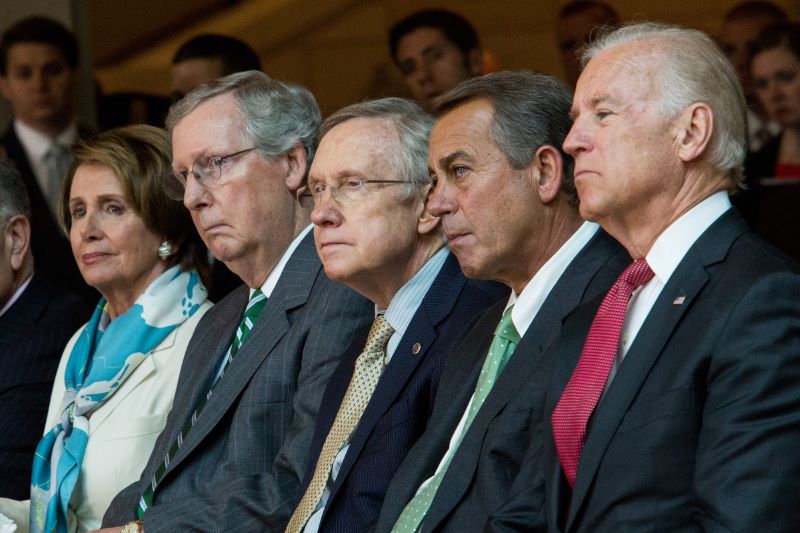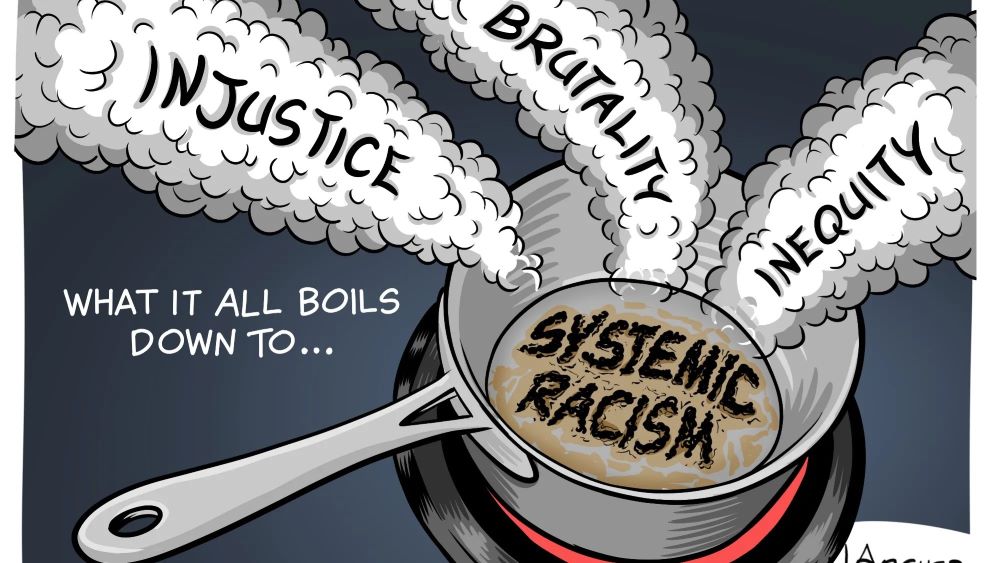Across various urban landscapes, there lies a concealed narrative that shadows the fate of countless minority groups. The pattern? Systemic racism as evidenced by the relocation of homeless individuals into marginalized neighborhoods, and the subsequent resource drain these areas experience. This narrative plays a dual role: one that marginalizes the already marginalized and another that provides a veneer of compassion without the requisite action.
A Shifting Population
As cities grapple with increasing numbers of homeless citizens, many have taken the expedient route of moving these individuals into neighborhoods that are predominantly poor and inhabited by minority populations. But this “solution” doesn’t occur in isolation. As these neighborhoods become more crowded and less resourced, those citizens who have the means to do so, often depart for more prosperous parts of the city, further depleting the already scarce resources.
The Exodus of Resources
With this exodus of more affluent residents comes the departure of vital resources. Local businesses, educational institutions, and health facilities that catered to these residents often close down or relocate. This leaves the already marginalized population, now ballooned with the influx of homeless individuals, in an even more dire situation. The community infrastructure struggles to support the needs of its inhabitants, and a vicious cycle of poverty and lack of resources perpetuates.
The Pretense of Compassion
Now, there’s a more insidious side to this. Many wealthy individuals and influencers – often from predominantly white communities – vocally advocate for the rights and wellbeing of marginalized groups. They speak about the importance of helping the homeless and poor minorities. Yet, in a glaring display of hypocrisy, these same individuals refuse to shop and spend time in these communities further encouraging segregation, essentially corralling these groups into specific, resource-starved areas.
This dichotomy creates a facade. On one side, there’s a show of compassion and activism. On the other, there’s a perpetuation of systemic racism.
The Way Forward
For real change to occur, cities and it’s white citizens need to adopt a holistic approach to homeless relocation. Simply moving individuals into resource-starved neighborhoods is not a solution. We need to challenge and change policies that drain resources from already marginalized areas. Advocacy should be genuine, rooted in a desire for equitable treatment of all citizens, irrespective of their race or economic status.
Moreover, those in privileged positions should introspect on their actions. Offering support in words but ignoring segregationist policies in action is disingenuous. It’s vital to recognize this form of systemic racism and actively work against it.
In the end, if cities are to thrive, they need to ensure that all their neighborhoods do. Only by genuinely caring for and investing in every community can we hope to break the chains of systemic racism and build cities that are inclusive, diverse, and prosperous for all.

The Paradox of “Good Intentions” and Unseen Racism
A phenomenon often left unspoken in discussions of systemic racism is the subtleties of personal biases, particularly from those who assert they are “well-intentioned” or “non-racist.” Such individuals, while publicly condemning overt racism, sometimes uphold systemic racism through their actions.
The Flight of the “Well-Intentioned”
One of the most glaring examples of this is the phenomenon of “white flight.” Many who identify as progressive or non-racist chose to move out of neighborhoods experiencing an influx of minority residents. These departures were often justified by concerns for property values, school quality, or safety. However, at the root of these decisions is an implicit bias, suggesting that an increase in minority populations results in declining neighborhood quality.
These “well-intentioned” individuals might then settle in more homogenous, often predominantly white, neighborhoods and proceed to advocate for diversity and condemn overt racism. The contradiction here is palpable: advocating for diversity while actively distancing oneself from diverse communities.
Turning a Blind Eye to Their Bias
Moreover, these individuals might be quick to criticize residents of poorer minority neighborhoods for using racial slurs or exhibiting prejudices against other racial groups. Such criticism, while valid in its condemnation of racial slurs, becomes problematic when it ignores the systemic racism these critics perpetuate through their actions.
By focusing on the overt racial prejudices of those in marginalized communities, they deflect from their subtler, yet still harmful, biases. It becomes a way to say, “Look at them, they’re the real racists,” while failing to acknowledge one’s role in perpetuating systemic racism.
The Importance of Self-Reflection
For true progress to occur, it is essential for everyone, especially those who believe they stand against racism, to engage in deep self-reflection. Recognizing one’s biases, no matter how subtle, is the first step toward dismantling systemic racism. It’s crucial to understand that combating racism isn’t merely about avoiding racial slurs or advocating for diversity in abstract terms. It requires consistent action, such as supporting policies that uplift marginalized communities and actively choosing to be part of diverse neighborhoods and environments.
Ultimately, being anti-racist means acknowledging the ways in which one might be unknowingly complicit in systemic racism and taking active steps to rectify it. Only then can we hope to build a society that is genuinely inclusive and just.

The Evolution of the Democratic Party’s Stance on Homelessness and sytemic racism
Throughout the years, political parties have often adjusted their messaging and policies to resonate with their voter base. An illustrative example of this dynamic is the manner in which the Democratic Party has approached the issue of homelessness.
Initially, the Democratic Party made efforts to position themselves as champions of the homeless cause by vowing to end homelessness in America. The promise of providing housing and necessary resources to ensure every American had a roof over their head was a compelling message that appealed to many voters who believed in a just and equitable society. The issue of homelessness, after all, highlights the disparity and inequality present in one of the world’s wealthiest nations.
However, the ambition to eradicate homelessness proved more challenging than initially anticipated. A combination of systemic issues, White priviledge, greed, affordable housing shortages to mental health challenges and economic downturns, has made the goal elusive.
In response to these challenges, the messaging from the Democratic Party began to shift. Instead of focusing helping the homeless, the narrative moved towards advocacy for the rights of homeless individuals. This involved highlighting the importance of allowing homeless people the autonomy to live as they please, except in wealthy white neighborhoods. Politicians began segragating these individuals into predominatly low income minorty neighborhoods.
In essence, the Democratic Party’s stance on homelessness has evolved from a commitment to ending it to a more nuanced position advocating for the rights and dignity of homeless individuals. Still, critics argue that this new direction might be overlooking the negative repercussions on communities and even on the homeless population themselves.
While addressing homelessness remains a significant challenge, it’s crucial for any political party to approach the issue with a balanced perspective that considers both the needs and rights of homeless individuals and the broader community.
Holding Elected Officials Accountable: The Imperative for White Americans
One of the greatest levers of change in a democratic system is accountability. Yet, across American cities, a lack of resources in inner-city neighborhoods and systemic neglect have persisted for decades. While this may seem like an issue confined to the residents of these areas, it’s essential to recognize that the responsibility for this situation doesn’t just lie with those in power – it rests with the electorate, especially white Americans who often make up a significant portion of the voter base.
Beyond the Blame Game
Too often, elected officials deflect criticism by blaming opposing political parties for the woes of inner cities. This tactic, while politically expedient, is a smokescreen that prevents genuine solutions from emerging. It’s high time that white Americans see through this partisan blame game. The issues plaguing inner cities are not the result of one party’s actions or inactions; they are the result of systemic failures that span decades and cross party lines.
Realigning National Priorities
America, as one of the wealthiest nations, has the resources to ensure that every citizen has access to basic necessities and lives with dignity. Yet, a baffling contradiction exists: the country spends billions on international interventions – destroying and then rebuilding other nations – while many of its own citizens languish in poverty and neglect. The question that white Americans, and indeed all Americans, need to ask is: Why is there a readiness to fund overseas endeavors while there’s hesitancy in investing in our own people?
A Call to Action
The call to action is clear. White Americans need to:
- Educate Themselves: Understand the systemic issues, beyond the surface-level narratives. Learn about the historical policies and decisions that have led to current inner-city conditions.
- Vote with Intent: Support candidates who prioritize domestic well-being and show a genuine commitment to addressing inner-city challenges, rather than those who merely offer lip service.
- Demand Accountability: Hold elected officials accountable, not just during election seasons, but consistently. Use tools like town halls, community meetings, and public forums to question representatives on their efforts and plans for inner-city revitalization.
- Reject Partisanship: Recognize that the issue of inner-city neglect is not a partisan one. Demand solutions and actions, not finger-pointing.
- Advocate for Resource Allocation: Lobby for a realignment of national spending priorities. A nation that can invest in foreign lands can surely invest in its own backyards.
In essence, it’s time for white Americans to harness their collective influence and demand that elected officials prioritize the well-being of all citizens, irrespective of where they live or their racial background. By holding those in power accountable and pushing for substantive change, America can inch closer to its promise of equality and prosperity for all.

0 Comments